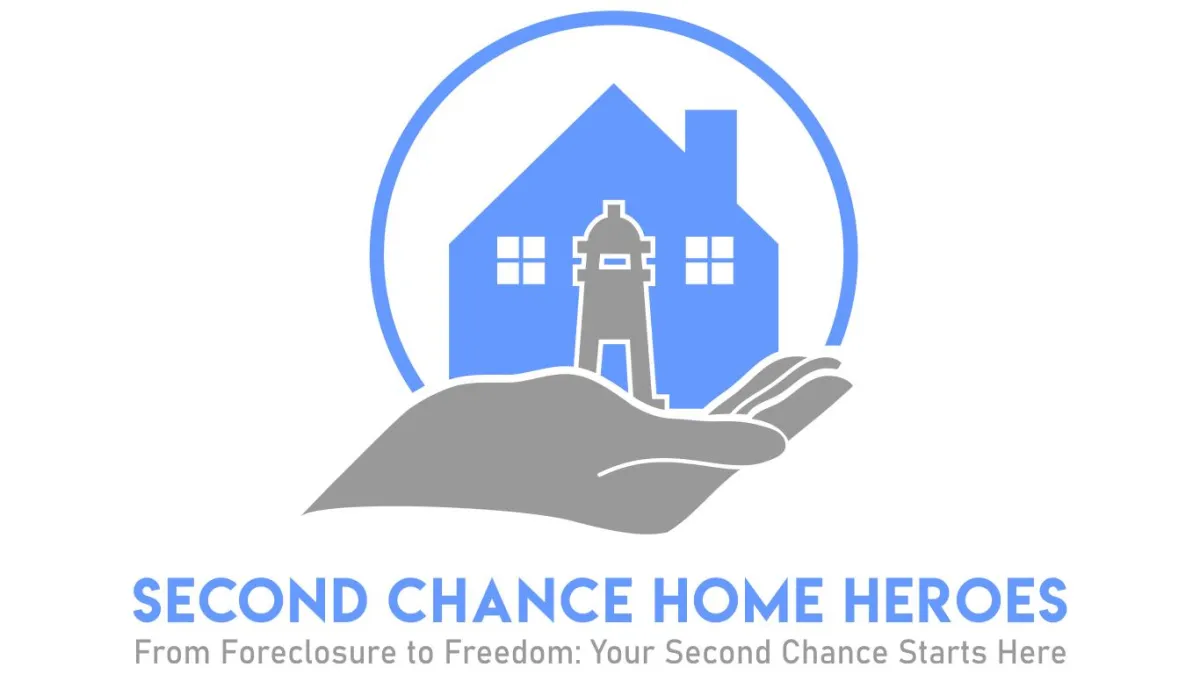
Reverse Mortgage Foreclosure Explained: What Borrowers & Heirs Must Know
Personally, I’m not a fan of reverse mortgages. Mostly because I work with heirs after the person who has gotten a reverse mortgage has passed away. So, I have only seen the negative effects of a reverse mortgage. However, there are reasons it might make sense for someone to get a reverse mortgage.
For this post, we will focus specifically on what happens when a reverse mortgage is foreclosed. If you are the person who took out the reverse mortgage, this is what your heirs can expect. If you are the heir, please accept my condolences.
Alright, on to reverse mortgages! A quick definition: individuals over 65 can access the equity in their home through a lump sum, monthly payments, or a line of credit. They are not required to make any payments while they live in the home, but interest accumulates on the balance, increasing what will need to be paid back as time passes.
A full breakdown of what you need to know about reverse mortgage:
Since reverse mortgages are designed to allow homeowners to access their home equity without monthly payments, the triggers for foreclosure often involve the borrower's failure to comply with specific obligations. Such as:
1. Failure to Pay Property-Related Charges
All reverse mortgage borrowers need to pay their property expenses include:
Property taxes
Homeowners' insurance
Homeowners Association (HOA) dues (if applicable)
A loan default occurs when borrowers miss these obligations, thus allowing lenders to start foreclosure.
2. Vacating the Home
The borrower must maintain the home as their primary residence. Foreclosure may be triggered if:
The borrower moves out of the home for over 12 months (e.g., to a nursing home or other care facility).
The home no longer functions as their main address because they decide to rent out their house or become owners of a different primary residence.
The property is abandoned.
3. Death of the Borrower
When the last surviving borrower passes away, the reverse mortgage becomes due and payable. Foreclosure can be triggered if:
The heirs fail to repay the loan balance or sell the home within the allotted time (usually 6-12 months after the borrower’s death).
The estate does not communicate with the lender to arrange for repayment or sale of the property.
4. Failure to Maintain the Property
The borrower is responsible for keeping the property in good condition. This includes:
Completing necessary repairs.
Addressing structural damage or safety concerns.
Neglecting the property may lead to foreclosure if the lender determines that the home's value is at risk.
5. Fraud or Misrepresentation
If the borrower provides false information during the loan application process or violates the terms of the agreement (e.g., by using the loan for unauthorized purposes), the lender may foreclose.
6. Reaching the Loan Limit
Reverse mortgages accrue interest over time, and the loan balance increases as the borrower receives payments. While this alone does not trigger foreclosure, the following scenarios might:
The loan balance exceeds the home's value, and the borrower violates other loan terms (e.g., fails to maintain the home or pay property charges).
The borrower outlives the equity available under the loan and cannot fulfill the required obligations.
7. Failure to Communicate with the Lender
Borrowers must often confirm periodically that they are still residing in the home and maintaining it as their primary residence. If a borrower fails to respond to the lender's requests for verification, foreclosure may follow.
8. Legal Violations
The borrower may trigger foreclosure by violating local, state, or federal laws related to the property, such as:
Zoning violations.
Use of the property for illegal activities.
How Borrowers Can Prevent Foreclosure
To avoid foreclosure on a reverse mortgage:
Stay Current on Property Charges: Set aside funds for taxes, insurance, and HOA dues.
Maintain the Home: Keep up with routine maintenance and necessary repairs.
Communicate with the Lender: Respond to requests for residency verification or other documentation.
Plan for Life Transitions: If you anticipate moving to a care facility or selling the home, inform the lender early.
Seek Counseling: HUD-approved housing counselors can provide guidance on reverse mortgage terms and options.
What’s Next?
You find yourself lost on how to select the next step. Want to learn long term options for avoiding foreclosure you might have?
Book a time to discuss your options.


